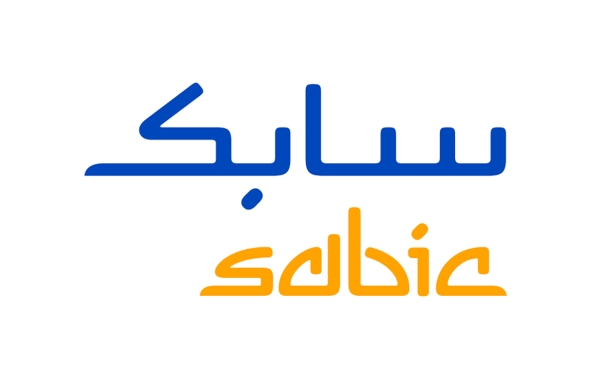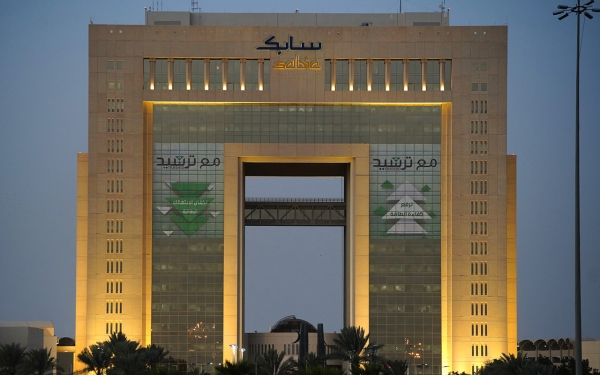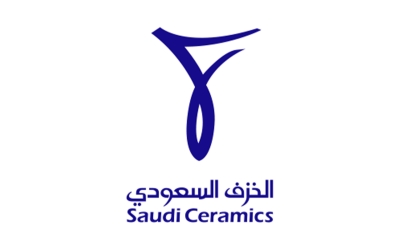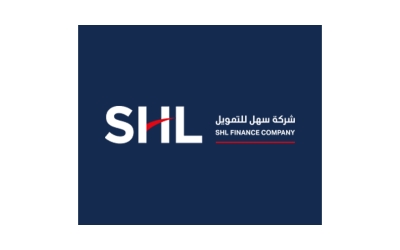

Saudi Arabia's Basic Industries Corporation (SABIC) is a Saudi public joint-stock company operating in the field of petrochemical industries. It was established in 1976 by a Royal Decree issued in the same year. Moreover, 70 percent of its shares are owned by Saudi Aramco, while 30 percent is traded on the Saudi stock market. Its abbreviation is formed from the first letters of its official name in English, while the abbreviation in Arabic denotes mastery.
Development of SABIC
In 1983, SABIC began its first industrial production through its affiliates (Hadeed, al-Bayroni, and Ar-Razi), followed by the National Industrial Gases Co (Gas) in 1984. Then, six companies initiated the production process simultaneously in 1985. These companies are: SADAF, YANPET, Petrokemya, Kemya, Sharq, and Ibn Sina.
SABIC continued to strengthen its manufacturing capabilities locally and moved towards global markets. In 2002, it initiated the acquisition of the petrochemical division of DSM in Europe, which owns manufacturing facilities in the Netherlands, Germany, and the United Kingdom. Moreover, SABIC acquired Huntsman Petrochemicals (UK) in 2006 and renamed it SABIC UK Petrochemicals, a distinctive addition to SABIC's operations in Europe. In 2007, SABIC purchased the plastic industries division of the American General Electric Company, which became the strategic work unit for specialized products that add value and expand the company's product line.
SABIC's work
Headquartered in the Saudi capital, Riyadh, SABIC operates through several strategic business units, including petrochemicals, polymers, chemicals, agro-nutrients, specialized products, independent businesses, and metals (Hadeed.)
Since the company's launch, its development journey persisted. In 1985, its total production reached 6.3 million mt, and continued to rise year after year until it reached 60.8 million mt in 2020, before rising to 61 million mt in 2022.
SABIC is currently the second most valuable brand in the chemical sector, with manufacturing sites and offices spread throughout fifty nations worldwide, across five primary geographical areas: the USA, Europe, the Middle East, South Asia, and North Asia.
SABIC was founded on a concept that serves both the industry and the environment, which is to convert waste gases into raw materials for various industries. It focuses on developing a variety of basic materials derived from chemicals, polymers, metals, fertilizers, and specialized products for manufacturers to use in the infrastructure, construction, and agriculture industries, as well as daily products.
While Aramco served as the starting point for petroleum-based development, SABIC operations coincided with the early stages of development in the Kingdom, and laid the groundwork for the Saudi industrial sector in line with the establishment of both Jubail and Yanbu industrial cities. SABIC founded several subsidiaries with international firms based on investment partnerships.
SABIC is one of the companies that play a leading role in achieving the goals of Saudi Vision 2030. It launched the Local Content and Business Development Unit to support entrepreneurship in the industrial sector, and then initiated Nusaned. The initiative will allow local investment opportunities to increase the capabilities of small and medium enterprises (SMEs,) create economic diversification and job opportunities, and support the national output.
SABIC manufacturing complexes
Due to its extensive global presence, SABIC holds a dominant position in the global markets with primary petrochemical products, such as ethylene, ethylene glycol, methanol, methyl tertiary butyl ether, polyethylene, and engineering plastics and their derivatives.
SABIC's industrial network includes sixty-five world-class manufacturing sites in the Middle East, the Americas, Europe, and Asia. The biggest strategic production unit in SABIC, the petrochemical unit, produces the most considerable portion of the company's total production capacity.
The Saudi Iron and Steel Company (HADEED,) owned by SABIC and headquartered in Jubail Industrial City, is one of the largest integrated steel production companies worldwide. Moreover, SABIC Agri-Nutrients Company manufactures a range of nutrient-rich fertilizers, starting from basic fertilizers to highly specialized fertilizer products.
SABIC's expansion
In 2021, SABIC announced the start of the trial operation phase of the third factory for the production of ethylene glycol at the Jubail United Petrochemical Company (United,)affiliated with it, with an annual production capacity estimated at seven hundred thousand mt of Mono-ethylene Glycol.
The following year, SABIC completed the acquisition of Clariant's 50 percent stake in Scientific Design, giving it full ownership of the leading licensor of high-performance process technologies and catalyst production. This was a step forward in SABIC's growth in the specialties market, enabling it to satisfy the rising demand for catalysts, raise supply reliability, and promote innovation in this industry.
Sustainability in SABIC
The world's businesses have turned to sustainability, as a result of traditional energy sources phasing out and the growing trend toward manufacturing industries. This is the path that led to the establishment of SABIC, as sustainability represents one of its primary goals. This allows the corporation to offer products and technologies that are lighter and more energy-efficient. Moreover, SABIC announced the implementation of new circular economy mechanisms that recycle plastic, repurpose carbon, and mitigate environmental harm, thus emphasizing environmental protection as a fixed part of business and manufacturing strategies.
Technology and innovation at SABIC
SABIC focuses on technology and innovation as the main tools to help its clients promote and grow their businesses. It develops over ninety-five new products annually through its global technology and application centers. The corporation holds over 9,948 international patents, up to 10,090 for international patents and pending applications. It also retains extensive research resources, including five central hubs for innovation dispersed throughout five major geographical regions: the USA, Europe, the Middle East, South Asia, and North Asia.
SABIC has established several private technology and innovation centers to achieve sustainability and keep up with the most recent technologies and innovations. The technology and innovation sector employees work on various research projects in twenty centers around the world to provide distinctive and sustainable product solutions and applications, and develop cost-effective business processes to meet the needs of customers and the value chain of the business in the short, medium, and long term.
SABIC achievements
In 2016, SABIC announced the establishment of the Home of Innovation initiative in Riyadh Valley at King Saud University, which includes the high-performance home model that applies advanced technologies in the field of power generation and self-recycling. Moreover, the corporation established and operates the Estidama Center, which is responsible for developing agricultural technologies to ensure the proper use of water resources. SABIC also adopts a strategy to serve the community through four main pillars: education in technology, science, health, water, and sustainable agriculture.
In 2019, the same year Saudi Aramco announced its acquisition of a 70 percent share in the company, SABIC, which had been a state-owned entity represented by the Public Investment Fund, was ranked as the third-largest chemical corporation in the world. The corporation also received numerous awards and made several achievements in the petrochemical industry, sustainability, and social responsibility. SABIC remained the largest firm listed on the Saudi Stock Exchange up until the announcement to start trading in Saudi Aramco shares.
SABIC headquarters in Jubail
SABIC inaugurated its building in 2022 in Jubail Governorate to keep abreast with the development of its business in Jubail Industrial Area. The building is a modern model for corporate headquarters with diverse capabilities. It spans 254 thousand m on a total land area of 66 thousand m, with a capacity of more than 3,600 employees. It was fully built using SABIC steel, and 77 percent of the building’s purchases were made locally.
In recognition of its smart solutions in resource management and energy efficiency, the building received the leadership in energy and environmental design (LEED) Gold certification for sustainable building. More than 1,500 solar panels enhanced by wind energy were used to generate the power required to illuminate the sports complex and parking lots. Additionally, CO2 emissions in the building were reduced by 11,642 t, making it the first structure in Jubail to reach carbon neutrality.
Related quizzes
Related articles


